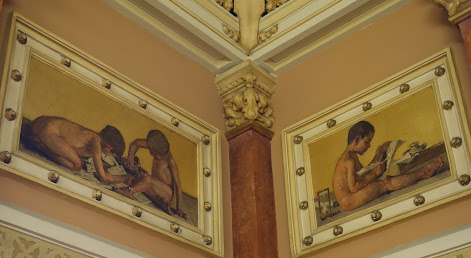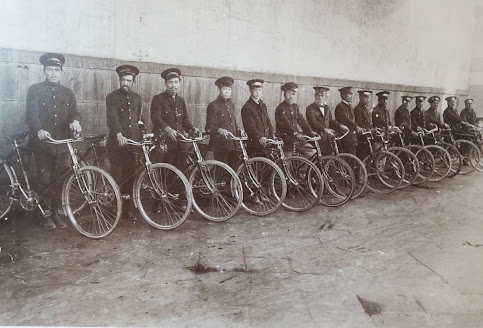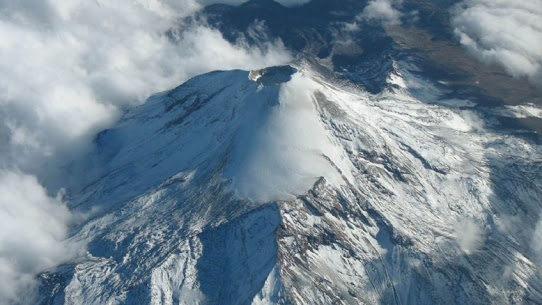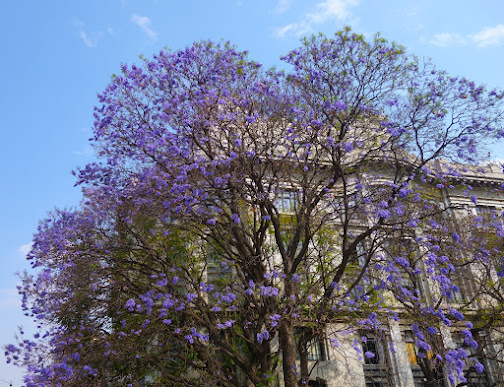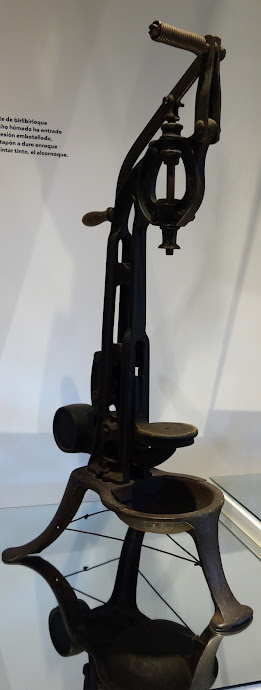The Postal Museum in Mexico City included a display on the history of postage stamps. There was a time line showing when various countries first started to issue stamps.
The first postage stamp to be issued was from the United Kingdom. The so-called "Penny Black" came out on May 1, 1840. It featured a profile of the young Queen Victoria.
Prior to the introduction of stamps, the recipient of the mail was the one who paid the cost of its delivery. However, so many people either did not have the money or simply did not accept the piece of mail, that it became a burden on the postal system. Thus, the concept of postage stamps was born. The sender instead of the recipient bore the cost.
In 1843 Switzerland became the second country in the world to issue postage stamps.
.The four rappen (penny) stamp was used to send mail withing the canton of Zurich, and the six rappen stamp was for mail to be delivered to the other cantons.
Postage stamps first appeared in the United States in 1847.
The five cent stamp featured the portrait of Benjamin Franklin, the first postmaster general. The ten cent stamp bore the likeness of George Washington.
In 1856 President Ignacio Comonfort authorized prepaid postage using adhesive stamps.
Each denomination (from 1/2 real to 8 reales) was a different color, but they all featured a rather crudely engraved image of Miguel Hidalgo, the man who started Mexico's War for Independence.











